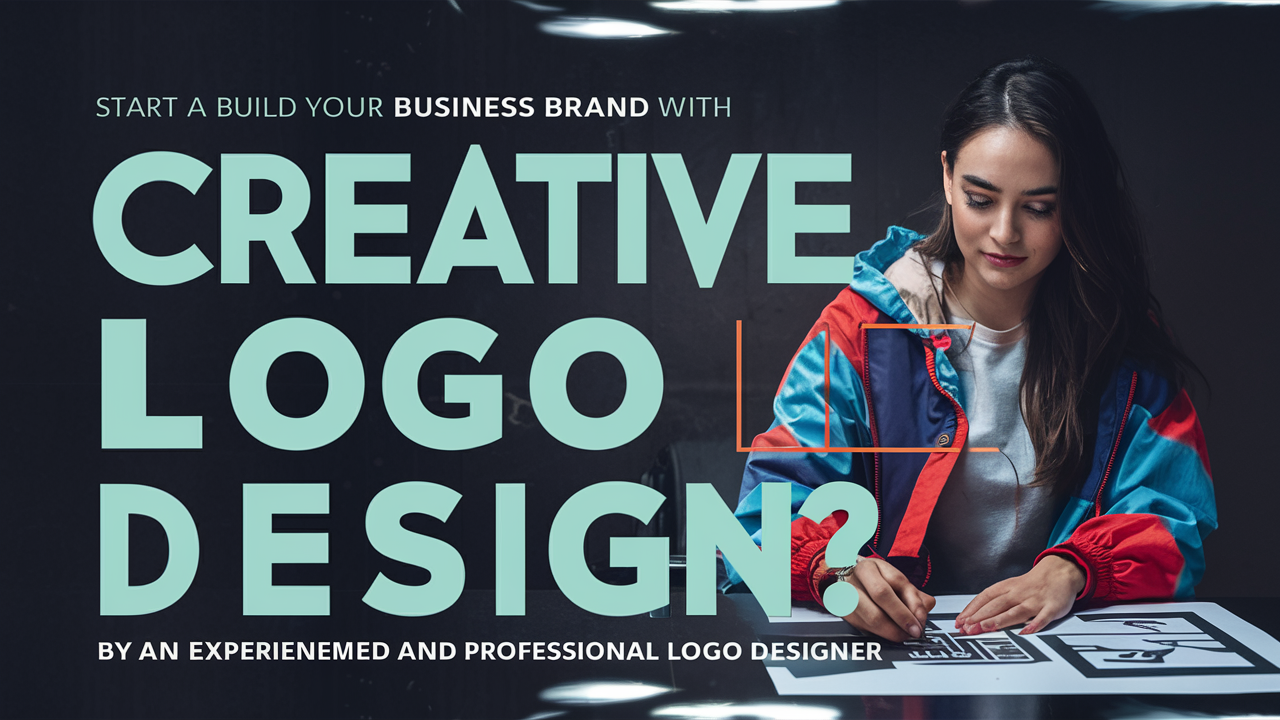In today’s competitive business world, a distinctive and memorable brand identity is key to success. At the heart of every brand identity is the logo—a visual symbol that captures the essence of your business and distinguishes it from the competition. Whether you’re a budding entrepreneur or an established business owner, mastering the principles of logo design is crucial for crafting a logo that resonates with your target audience and stands the test of time.
The Power of a Well-Designed Logo
Your logo is the face of your brand—the first thing potential customers notice and the symbol they associate with your business. A well-designed logo communicates your brand’s values and personality while building trust and credibility. In this comprehensive guide, we’ll explore the art and science of logo design, from fundamental principles to practical tips for creating a logo that effectively represents your brand.
Logo Design Essentials: What You Need to Know
Before you dive into designing, it’s important to understand the core principles that make a logo effective:
- Simplicity: A simple logo is more memorable and versatile, making it easier to reproduce across different mediums and scales.
- Memorability: A memorable logo leaves a lasting impression on viewers, ensuring that your brand stays top-of-mind.
- Relevance: Your logo should be relevant to your industry and target audience, reflecting the values and personality of your brand.
- Versatility: A versatile logo can be adapted to various applications, including print, digital, and signage, without losing its effectiveness.
- Timelessness: A timeless logo transcends trends and fads, ensuring that it remains relevant and recognizable for years to come.
How to Design a Logo: A Step-by-Step Guide
Creating a logo involves careful planning, creativity, and attention to detail. Here’s a step-by-step overview of the process:
- Research: Begin by conducting research into your industry, target audience, and competitors to gain insights that will inform your design decisions.
- Conceptualization: Generate ideas and concepts for your logo, exploring different visual elements, typography, and color schemes that align with your brand identity.
- Sketching: Sketch out rough drafts of your logo concepts, experimenting with various layouts and compositions to find the most effective design.
- Digitalization: Transfer your sketches to digital format using graphic design software such as Adobe Illustrator or Canva, refining your designs and adding details as needed.
- Feedback and Iteration: Seek feedback from stakeholders, peers, and potential customers, and use their input to refine and iterate on your designs until you’re satisfied with the final result.
- Finalization: Once you’ve settled on a design, finalize your logo by fine-tuning colors, typography, and proportions, ensuring that it meets your brand’s standards and objectives.
Practical Tips for a Successful Logo
While the logo design process can be daunting, these practical tips can help streamline the process and ensure success:
- Know Your Audience: Understand your target audience’s preferences, values, and expectations to create a logo that resonates with them on an emotional level.
- Keep It Simple: Avoid clutter and unnecessary complexity in your logo design, opting instead for clean lines and minimalistic elements that enhance readability and memorability.
- Choose Colors Wisely: Select colors that evoke the desired emotions and associations, taking into account cultural connotations and industry norms.
- Focus on Scalability: Ensure that your logo remains legible and recognizable at various sizes, from business cards to billboards, by testing its scalability during the design process.
- Be Unique: Strive for originality and uniqueness in your logo design, avoiding clichés and common design trends that may dilute your brand’s identity.
Crafting Your Brand’s Identity Through Effective Logo Design
Your logo is more than just a visual symbol—it’s the embodiment of your brand’s values, personality, and aspirations. By understanding the principles of logo design and following a systematic design process, you can create a logo that effectively communicates your brand’s identity and resonates with your target audience. Remember, the key to successful logo design lies in simplicity, memorability, relevance, versatility, and timelessness. Invest the time and effort into creating a logo that sets you apart and leaves a lasting impression on your audience. After all, your logo is the cornerstone of your brand’s identity—it’s worth getting it right.ting it right.


